When your trusty mini electric screwdriver starts making noise but refuses to spin, it's a clear sign something's amiss. This common yet perplexing problem can bring your DIY project to a halt if not addressed promptly. Before you toss it aside in frustration, our guide will walk you through simple steps to pinpoint and potentially resolve the issue yourself. From checking for blockages to examining electrical connections, we'll help you get back to your tasks with minimal downtime. Let's dive into some hands-on troubleshooting that can save you time, money, and extend the life of your go-to tool.

1. Check for Obstructions
Free Rotation
To tackle a noisy but stationary electric screwdriver, first ensure nothing is physically stopping the chuck or bit from moving freely. A clutter-free path is essential for proper operation. Take a glance and feel around for any impediments. Bits of debris can often intrude into the small spaces of your tool during usage. Carefully remove any materials that you find-small objects can be pried away with tweezers, while persistent particles can be dislodged with a gentle puff of compressed air. This simple clean-up could quickly restore your screwdriver to working order.
Chuck Inspection
With the pathway cleared, direct your inspection to the chuck itself. The chuck should be in good condition and correctly aligned to function effectively. Check for signs of wear, cracks, or any misalignment that might prevent the bit from spinning. Should anything seem out of place, the next step is to make it right. Consult your tool's manual for specific instructions on how to adjust the chuck. Often, this will involve loosening it, checking for any internal obstructions, realigning, and then retightening. If the chuck is damaged, replacing it may be necessary. Luckily, this is generally a straightforward process and can be done at home with just a few simple tools.
2. Inspect the Gears
Identifying Gear Issues
If removing obstructions doesn't solve the problem, the next step is to consider the internal gears. Unusual noises like grinding or squealing are typical red flags that point towards gear issues. To get to the heart of these symptoms, you may need to open up your screwdriver. Make sure it's disconnected from any power source before you start. Most screwdrivers have screws securing their casing; remove these with care. Once inside, you'll get a clear view of the gears that are fundamental to your tool's operation.
Gear Examination
With the case opened, conduct a detailed inspection of the gears. You're looking for visible signs of wear and tear-things like cracks, chips, or stripped teeth on the gears are usual suspects when it comes to function failure. Also, confirm the gears are properly engaged with one another. If they aren't meshing as they should, they won't be able to transfer the motor's energy into the spinning motion needed for the bit. If damaged gears are indeed the issue, they'll likely need replacing-a task that can often be performed at home for those comfortable with a bit of DIY.
Lubrication
Gears need regular lubrication to operate smoothly; without it, they can seize up and cause the issues you're facing. If everything looks intact during your gear examination, try applying a light machine oil designed for small mechanisms. Use only a small amount; over-lubricating can attract dirt and cause a build-up of grime which leads to further problems. Properly lubricated gears should move freely, reducing noise and increasing the efficiency of your electric screwdriver. After applying lubricant, rotate the gears manually if possible to ensure an even distribution before reassembling your tool.
3. Check the Bearings
Bearing Inspection
Once you've ruled out obstructions and gear issues, it's time to focus on the bearings. These small but vital components ensure smooth rotation of the screwdriver's moving parts. To inspect them, manually spin each bearing by hand, feeling for any roughness or grinding sensations. These could indicate dirt build-up or wear and tear. A smoothly operating bearing should have no such textures and should rotate without resistance. Grinding or roughness usually means that the bearing is failing or has already failed and will need a replacement to restore your tool to its full functionality.
Bearing Replacement
If you've discovered a faulty bearing, it's important to replace it with one that matches the original specifications. Using a bearing puller, carefully remove the bad bearing from its seat. This tool grips the edges of the bearing and pulls it out cleanly, avoiding damage to surrounding components. Once removed, obtain a new bearing that is identical in type and size to ensure compatibility with your electric screwdriver. Press the new bearing into place, confirming it's seated correctly. This should help your screwdriver's motor run smoothly again, with no excessive noise or failure to spin. If you're unsure about tackling this repair yourself, consider seeking assistance from a professional technician.
4. Examine the Motor
Motor Check
Should the gears and bearings be in working order, the next step is to scrutinize the motor-the powerhouse of your electric screwdriver. To start, you'll need to look at the carbon brushes, which are a common source of trouble when they wear out or become damaged. Accessing the motor will typically require further disassembly of the screwdriver. Once you've safely exposed the motor, locate the carbon brushes, which are usually found on either side of the motor's commutator. Check them for any signs of uneven wear, chipping, or breakage. Worn-out carbon brushes can prevent the motor from functioning properly and will need replacing to get your tool back up and running.
Noise Identification
Even with the visual inspection done, another way to diagnose motor health is by listening. When you attempt to use the screwdriver, pay close attention to the sounds it makes. A healthy motor should run relatively quietly and smoothly. If you hear grinding, screeching, or high-pitched squeals, these could be warning signs of internal problems within the motor. Such noises often indicate that internal components are not interacting as they should, possibly due to wear or misalignment. If this is the case, and especially if the motor is exhibiting reduced performance or failing to operate altogether, it may well be time to consider a motor replacement.For more detailed tips on your electric screwdriver, refer to our guide: Getting the Most Out of Your Electric Screwdriver: Usage Tips and Techniques. Remember, dealing with electric motors can be complex and potentially hazardous, so if in doubt, consult a professional or consider taking your tool to a repair service.

5. Battery and Power
Battery Check
A common yet often overlooked issue is the power source itself-the battery. Begin by ensuring that your screwdriver's battery is fully charged. This can be as simple as plugging it in with its designated charger and waiting for the indicator to signal a full charge. It's crucial to use the charger that came with your screwdriver or one approved by the manufacturer, as using an incorrect charger can lead to insufficient charging and even damage the battery over time. A properly charged battery ensures that the motor receives the right amount of power to perform efficiently.
Electrical Connections
The flow of electricity is the lifeline of your cordless tool, so now turn your attention to the electrical connections. Carefully inspect all the wiring, especially where the wires meet the terminals, for any signs of wear, fraying, or corrosion. Also, make sure that all connections are secure and not loose. Any damaged wires or poor connections can disrupt the power flow to the motor, leading to inconsistent performance or a complete failure to operate. If you detect any damage or loose wiring, they will need to be repaired or resoldered for a safe and reliable connection. Remember, safety first: always perform these checks and repairs with the screwdriver disconnected from any power source, including the battery.
When to Seek Professional Repair
If you've gone through all troubleshooting steps-checked the battery, connections, motor, gears, and bearings-and your mini electric screwdriver still malfunctions, it's likely time for professional help. Other red flags include visible severe damage or if the complexity of repairs exceeds your expertise, especially concerning the motor assembly.
Regularly maintaining your tool can prevent many issues. Keep it clean, store it properly, and occasionally check the moving parts for signs of wear. This preventative care helps ensure your screwdriver operates smoothly for years and can spare you from costly repairs.

FAQs About Electric Screwdriver Motors
1. Could a Faulty Bearing Be Causing the Noise but Not the Spinning?
Faulty bearings can definitely cause noise, typically a grinding or whirring sound. If they're severely damaged, they might seize up and prevent spinning. However, slight bearing damage may create noise without completely stopping operation.
2. How Can I Check if the Carbon Brushes Are Worn Out?
You'll need to open the casing of your screwdriver to access the carbon brushes. Look for signs like uneven wear, chipping, or significant shortening. If they're thinner than 1/4 inch or show excessive wear, it's time to replace them.
3. What Are the Signs of a Damaged Motor in an Electric Screwdriver?
A damaged motor might make unusual noises, lose power, produce a burning smell, or stop working altogether. If troubleshooting other parts doesn't fix the issue, the motor may be damaged.
4. Is It Possible That the Issue Is Related to the Torque Setting?
Yes, if the torque setting is too low, the screwdriver may not generate enough force to spin, especially when driving screws into resistant material. Adjust the torque setting higher to see if it resolves the problem.
5. How Do I Safely Disassemble My Electric Screwdriver to Inspect the Motor?
First, ensure your screwdriver is off and disconnected from any power source. Carefully remove screws or fasteners holding the casing together, keeping track of where each screw belongs. Follow the user manual for specific instructions on disassembly to avoid damaging internal components.
6. How Can I Fix a Broken Gear in My Electric Screwdriver?
If a gear is broken, you'll usually need to replace it. Find a compatible replacement gear, remove the faulty one (noting the orientation), and install the new gear, ensuring it meshes correctly with others.
7. How Can I Extend the Battery Life of My Electric Screwdriver?
To extend battery life, fully charge the battery before first use and recharge it before it's completely dead. Also, store the battery at room temperature and avoid leaving it on the charger after it's full.
8. Are There Any Specific Storage Tips to Keep My Electric Screwdriver in Good Condition?
Keep it in a dry, cool place away from direct sunlight. Remove the battery if you're storing the tool for an extended period. Storing in a case can protect it from dust and physical damage.
9. How Do I Know if the Battery in My Electric Screwdriver Needs to Be Replaced?
Signs include reduced performance, not holding a charge, or swelling of the battery pack. Check voltage output with a multimeter; if it's below the rating specified by the manufacturer, get a new battery.
Resolve Your Screwdriver's Spin Issue Today
A noisy screwdriver that doesn't spin requires systematic troubleshooting. Use this guide to check for blockages, inspect the chuck, gears, and bearings, and evaluate motor health. Keep up with regular cleanings and storage practices to prevent problems. If these tips don't fix your issue, or you come across major damage, it's time to call in the pros. Don't let a faulty tool delay your projects-tackle the problem now or seek expert repair.

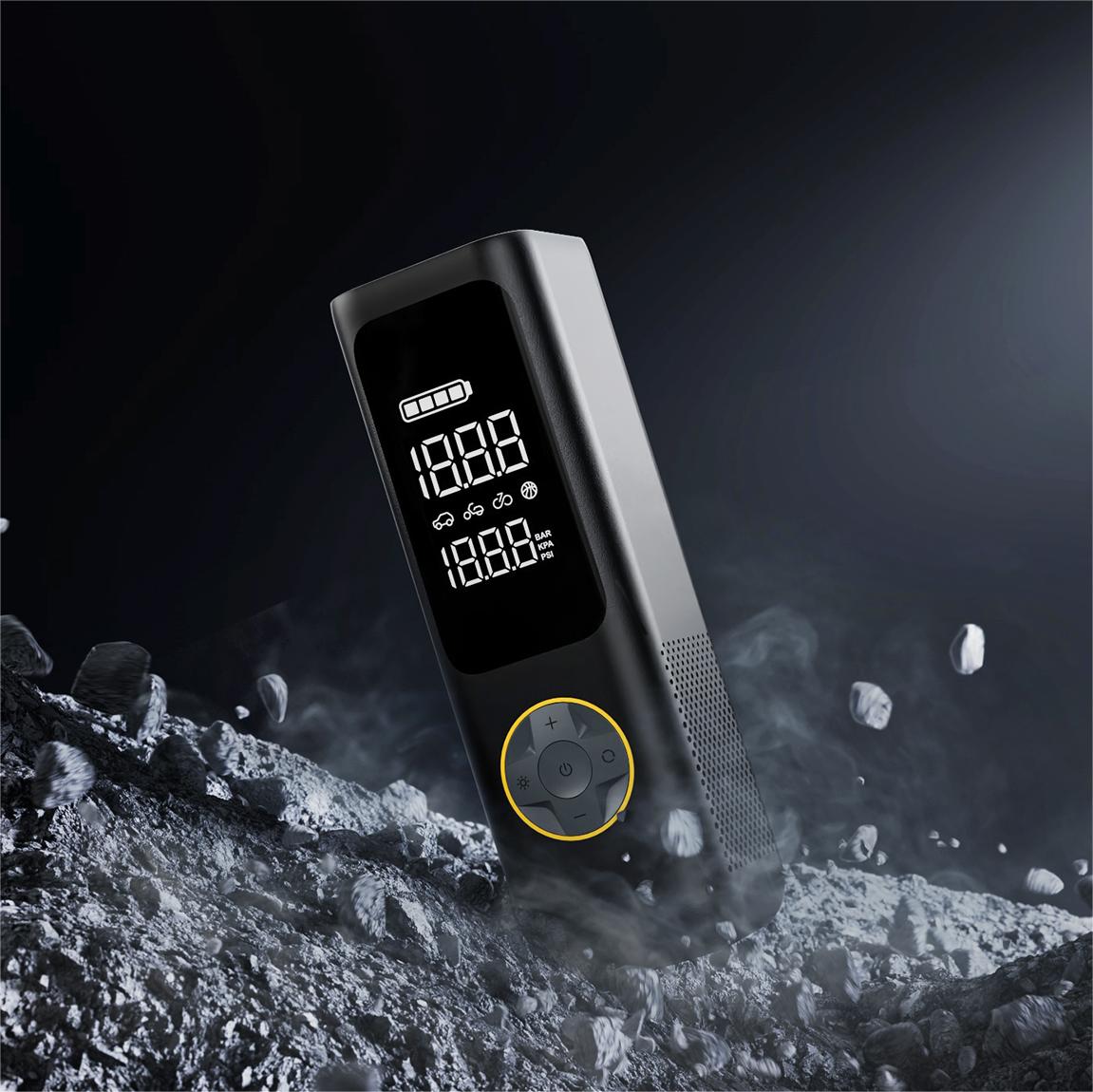


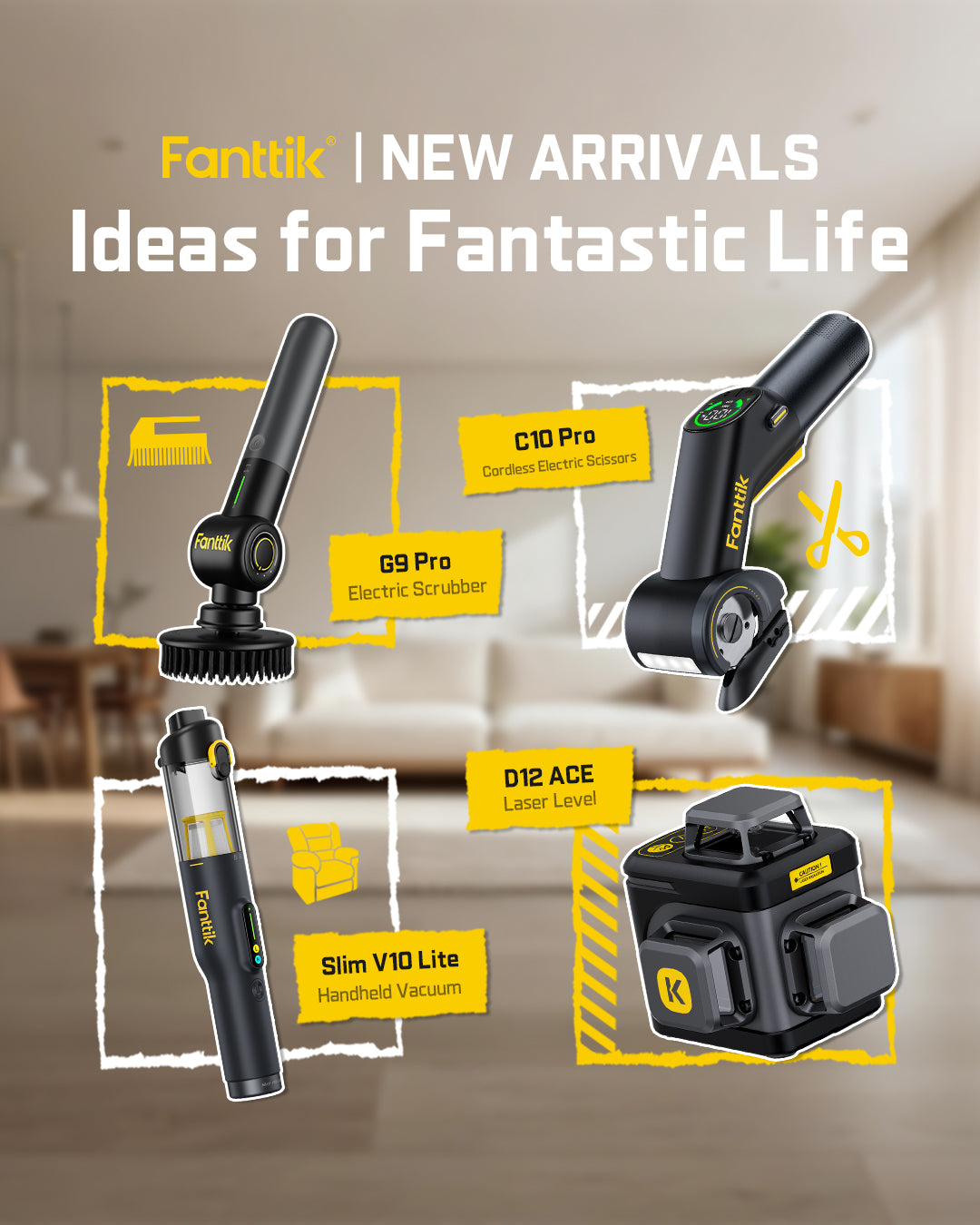
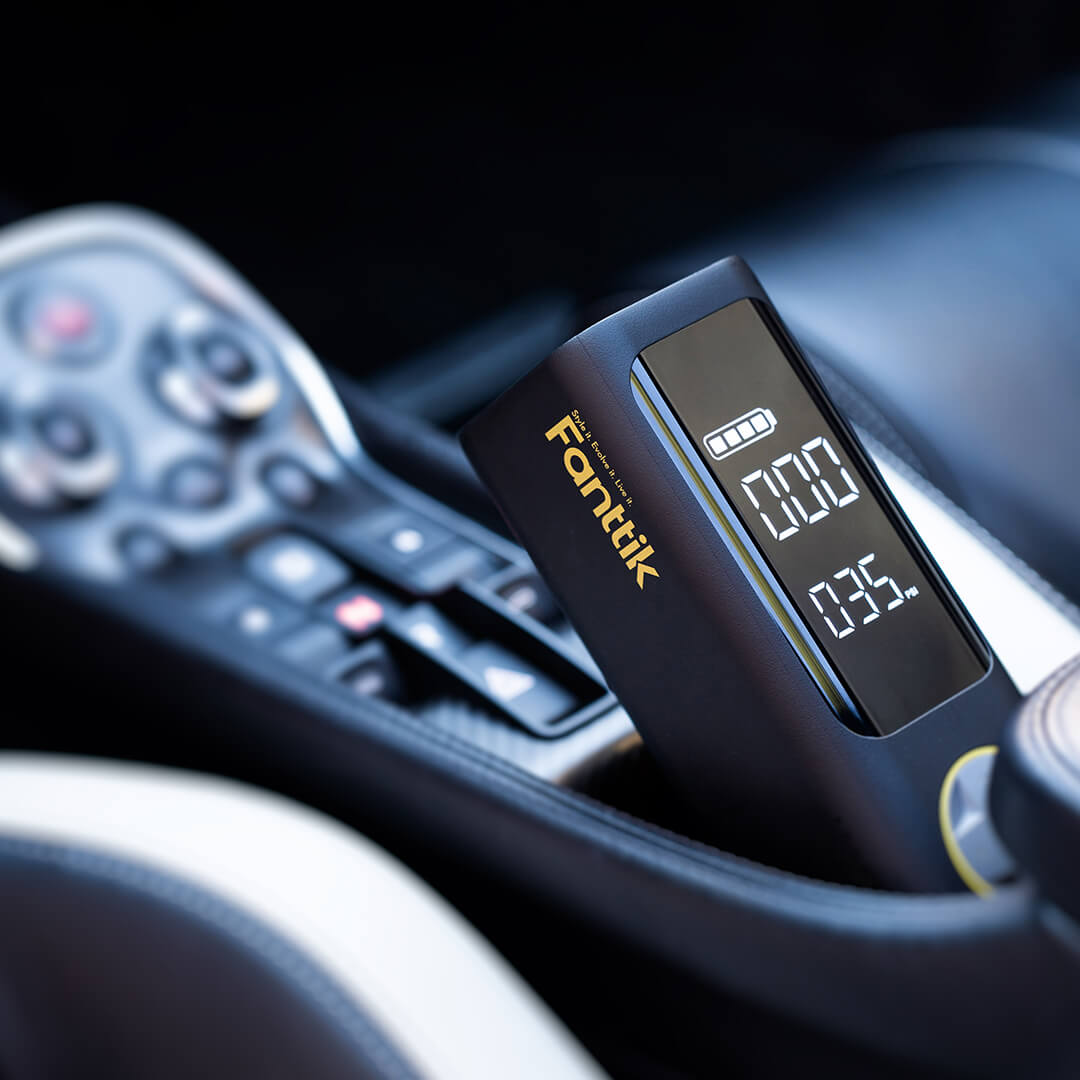
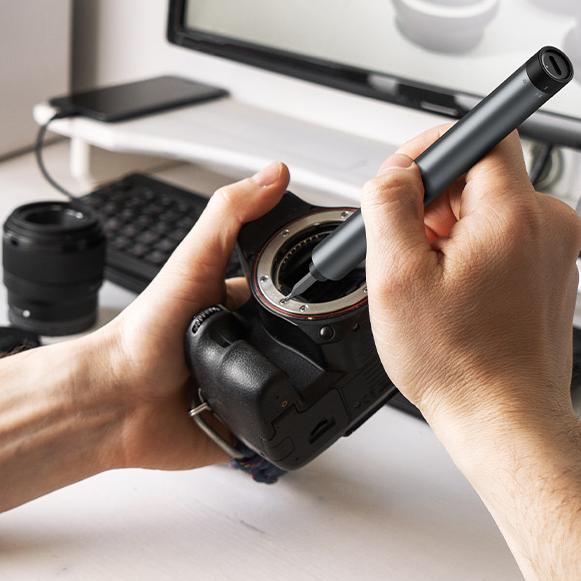



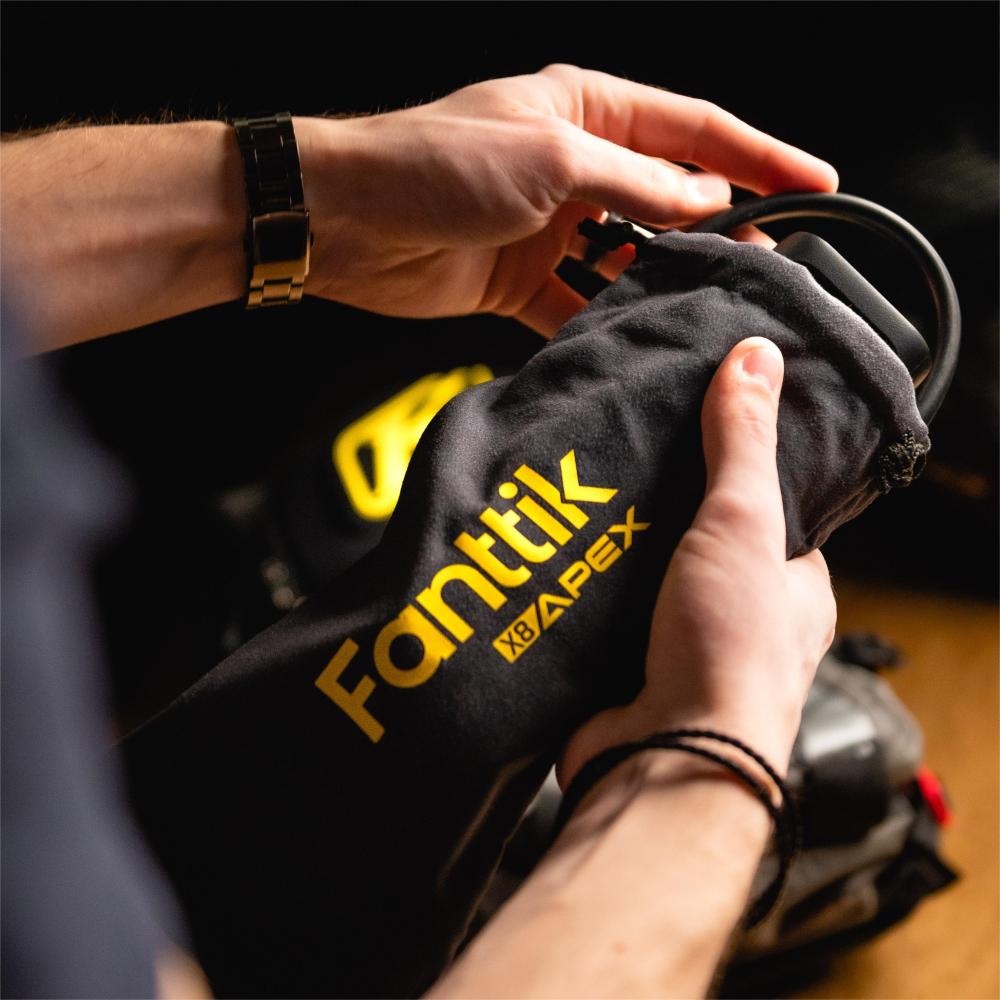

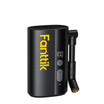
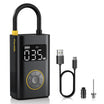
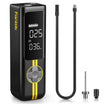
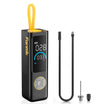
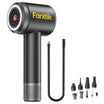
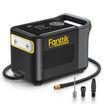
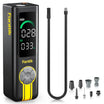
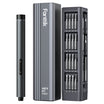
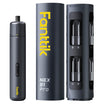
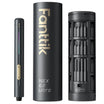
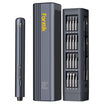

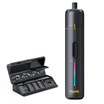
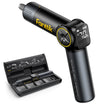
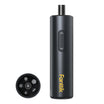
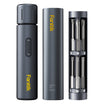
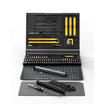
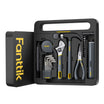
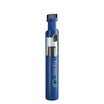
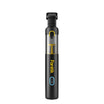
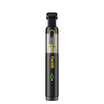
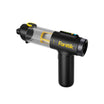
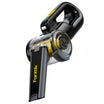
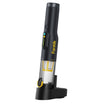
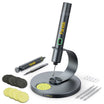
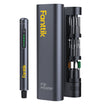
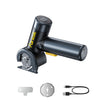
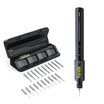
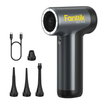
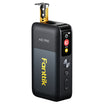
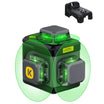

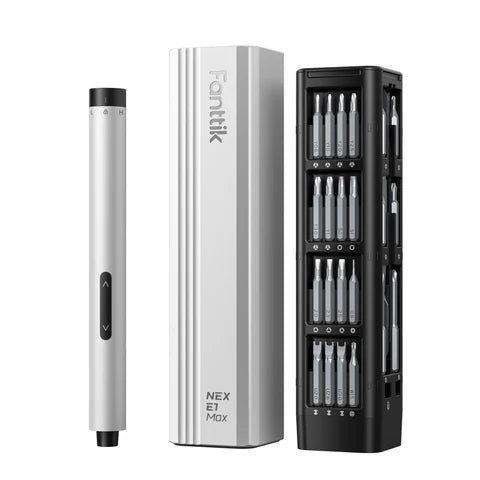

Leave a comment
This site is protected by hCaptcha and the hCaptcha Privacy Policy and Terms of Service apply.